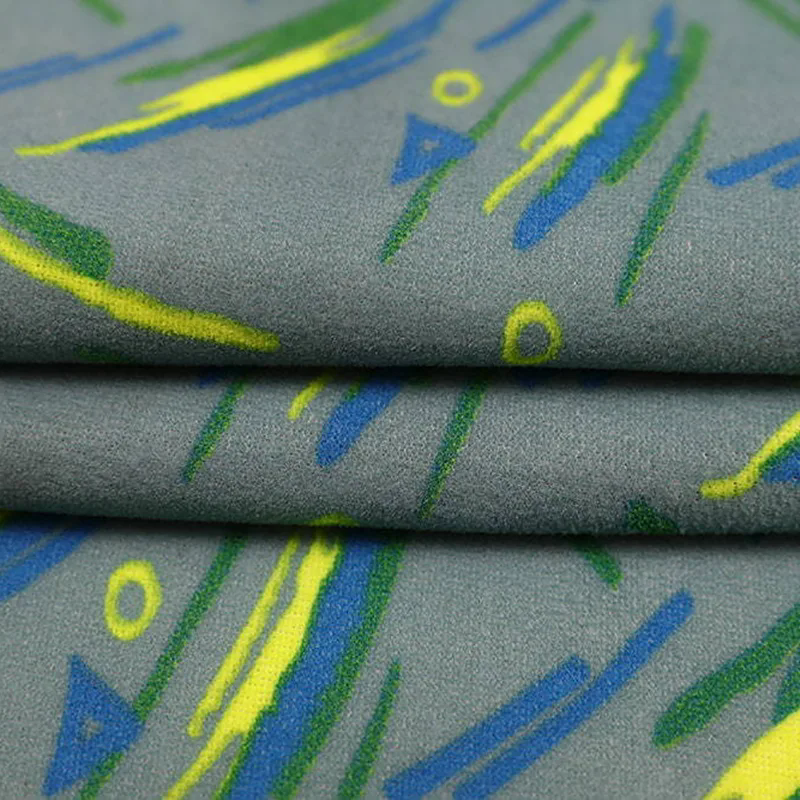How to Choose the Best Car Seat Fabrics ?
2025-08-29
Choosing the right car seat fabrics is more than just about aesthetics—it’s about durability, comfort, safety, and long-term value. Whether you’re a car manufacturer, automotive interior designer, or individual car owner, selecting the perfect fabric for vehicle seats impacts not only passenger experience but also brand perception and resale value. With so many material options, surface technologies, and functional enhancements available, understanding what makes a fabric ideal for car seats is crucial.
What Are Car Seat Fabrics and Why Do They Matter?
Car seat fabrics are specialized upholstery materials designed for automotive interiors. Unlike home furniture fabrics, these materials must withstand extreme temperature fluctuations, constant friction, exposure to UV rays, and occasional liquid spills—all while maintaining their visual appeal and tactile comfort.
Importance of High-Quality Car Seat Fabrics
-
Passenger Comfort: Premium fabrics regulate temperature and provide a soft, breathable surface.
-
Aesthetic Appeal: Fabrics contribute significantly to a vehicle’s overall interior design and luxury perception.
-
Durability & Longevity: Automotive fabrics must resist wear and tear over years of daily use.
-
Safety & Compliance: Materials must meet stringent fire-retardant and toxicity regulations for occupant protection.
-
Brand Identity: High-end fabrics can elevate a car brand’s image and help differentiate models across segments.
Common Applications
-
Passenger car interiors
-
Commercial vehicles
-
Electric and hybrid car models
-
Luxury and sports cars
With evolving consumer expectations, manufacturers are increasingly shifting towards eco-friendly, stain-resistant, and high-durability solutions. This makes fabric innovation a key competitive factor in automotive design.
Types of Car Seat Fabrics and Their Performance
Choosing the right car seat fabric starts with understanding the available material types, each offering unique benefits.
| Fabric Type | Key Features | Pros | Best For |
|---|---|---|---|
| Polyester | Lightweight, strong, wrinkle-resistant | Affordable, durable, easy to clean | Budget vehicles |
| Nylon | Tough, elastic, moisture-resistant | High abrasion resistance, breathable | SUVs & family cars |
| Vinyl (PVC) | Leather-like finish, waterproof | Easy to maintain, cost-effective | Commercial vehicles |
| Genuine Leather | Natural grain, premium appearance | Luxurious feel, long lifespan | Luxury & sports cars |
| Faux Leather | Synthetic alternative to leather | Looks premium, cruelty-free | Mid-range sedans |
| Alcantara / Suede | Soft, velvety microfiber | Elegant, lightweight, durable | Premium sports models |
| Recycled Fabrics | Eco-friendly, sustainable | Appeals to eco-conscious consumers | Electric vehicles |
Performance Factors to Consider
-
Abrasion Resistance: Measured in Martindale cycles, ensuring fabrics last for years without pilling.
-
UV Stability: Protects against fading and color degradation under sunlight.
-
Breathability: Enhances passenger comfort during long drives.
-
Stain Resistance: Essential for families and high-traffic vehicles.
-
Fire Safety Standards: Fabrics must comply with FMVSS 302 or equivalent.
Modern automotive fabrics increasingly combine multi-layer composites and nano-coatings to enhance water repellency, antibacterial protection, and colorfastness. These innovations improve both functionality and consumer satisfaction.
How to Select the Best Car Seat Fabrics
When choosing car seat fabrics, you need to balance design aspirations, performance requirements, and budget constraints. Below are the most important considerations:
a) Determine the Usage Scenario
-
High-traffic cars → Opt for abrasion-resistant fabrics like nylon or treated polyester.
-
Luxury interiors → Consider premium options like genuine leather, Alcantara, or eco-suede.
-
Commercial fleets → Focus on easy-to-clean, waterproof solutions like vinyl.
b) Prioritize Passenger Comfort
Comfort drives consumer perception. Breathable materials with soft touch properties enhance the driving experience. Increasingly, automakers use fabrics with micro-perforations to improve ventilation.
c) Evaluate Safety & Regulatory Compliance
Always check if fabrics meet:
-
Fire retardancy standards
-
Low VOC (volatile organic compound) emissions
-
Skin-friendly certifications for hypoallergenic properties
d) Sustainability Matters
With environmental concerns growing, carmakers are turning to recycled PET fabrics and plant-based composites. These materials reduce carbon footprints without compromising quality.
e) Check Technical Specifications
Below are typical performance benchmarks for premium automotive seat fabrics:
| Parameter | Standard Value | Purpose |
|---|---|---|
| Abrasion Resistance | ≥ 30,000 Martindale cycles | Ensures longevity |
| Colorfastness to Light | 4-5 (ISO 105-B02) | Prevents fading |
| Tear Strength | ≥ 20N | Protects against ripping |
| Water Repellency | AATCC 22 Grade 4+ | Resists spills |
| Flammability Standard | FMVSS 302 compliant | Ensures passenger safety |
FAQs About Car Seat Fabrics
Q1: How do I maintain car seat fabrics to keep them looking new?
A: Start by vacuuming regularly to remove dirt and debris that cause abrasion. Use mild upholstery cleaners formulated for automotive fabrics and avoid harsh chemicals that can damage protective coatings. For stubborn stains, always spot-test cleaning agents before full application. Applying UV-protective sprays can also prevent fading over time.
Q2: What are the latest trends in automotive seat fabric design?
A: The industry is moving toward sustainable fabrics, including recycled polyester and plant-based materials. We’re also seeing growing adoption of smart fabrics that integrate moisture control, antibacterial properties, and temperature-regulating technologies. Additionally, two-tone textures and luxury suede-like finishes are increasingly popular in mid-range and premium vehicles.
Elevate Your Automotive Interiors with Jianeng
Selecting the right car seat fabrics requires balancing comfort, durability, style, and sustainability. With evolving consumer expectations, modern fabrics now integrate advanced technologies that enhance usability and aesthetics while maintaining strict safety and environmental compliance standards.
At Jianeng, we specialize in providing high-performance automotive upholstery solutions tailored to your design and manufacturing needs. Our materials meet rigorous international standards for abrasion resistance, flame retardancy, and eco-friendly production. Whether you need fabrics for mainstream passenger cars or luxury interiors, Jianeng delivers innovation, quality, and reliability.
Ready to upgrade your automotive interiors? Contact us today to explore our full range of premium car seat fabrics and discover how we can help transform your designs into market-ready solutions.
